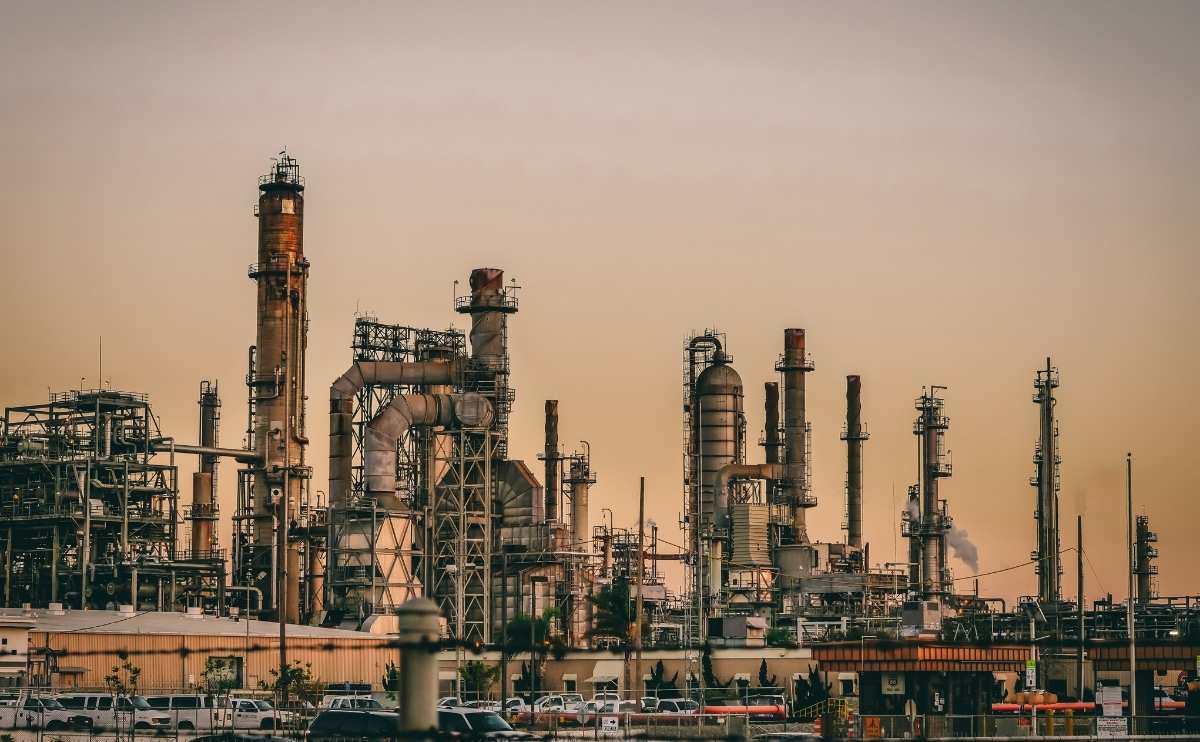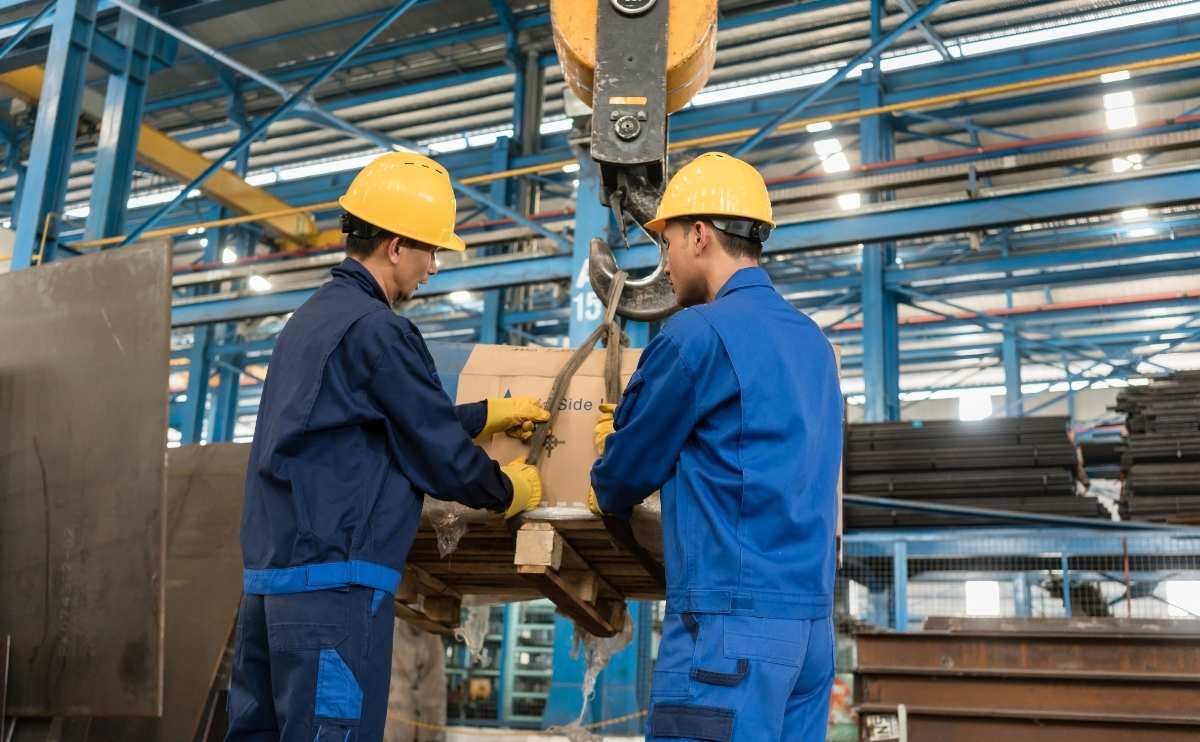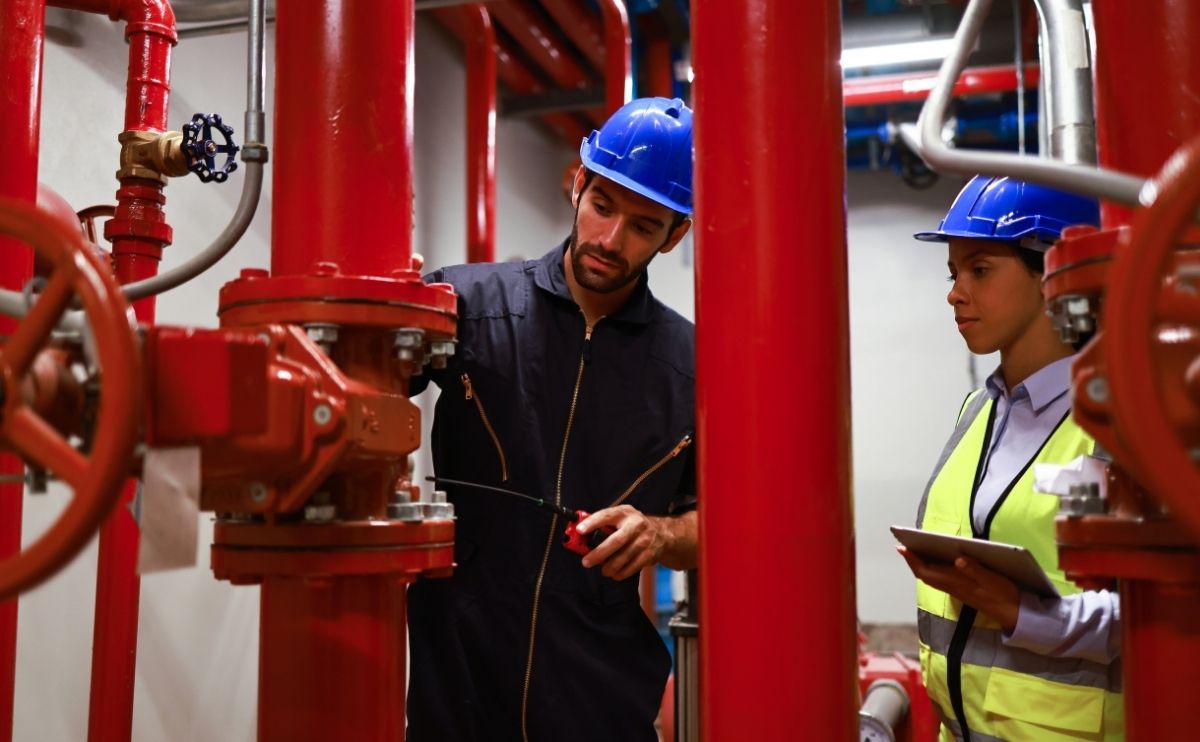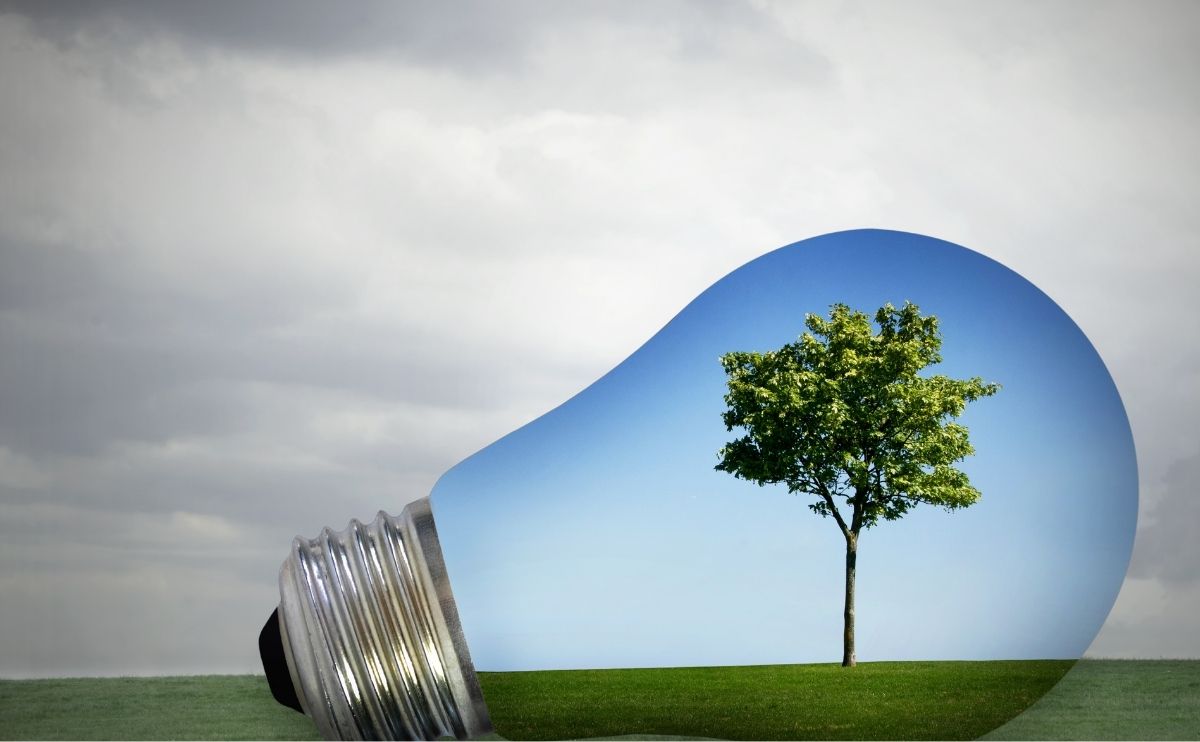Introduction
In power generation, the cooling system plays a critical role in maintaining efficiency. Power plant cooling systems operate at high capacities, generating large amounts of heat that, if not properly managed, can lead to machinery breakdowns, reduced efficiency, and energy loss. Proper cooling system heat management is crucial for the optimal functioning of equipment, helping to maintain ideal operational temperatures, extend equipment lifespan, and improve overall energy efficiency. In this article, we will explore the critical role of cooling systems in power plants and how they contribute to plant performance and sustainability.
Learn more about custom cooling systems for other industries like pharmaceutical plants.
Benefits of Cooling Systems in Power Plants
Power plants rely on effective heat management to ensure smooth operations. Cooling solutions provide numerous benefits that contribute to better plant performance, from preventing overheating to improving energy efficiency. Here’s a breakdown of the key ways these systems support power generation.
Temperature Regulation: Ensuring Optimal Conditions
One of the main functions of cooling systems is regulating temperature throughout the plant. Turbines, generators, transformers, and other machinery produce significant heat, especially during peak operation. Without proper cooling, this heat can cause overheating, potentially leading to machinery failure.
- Efficient Cooling Mechanisms: Advanced systems, like closed-loop setups and cooling towers, effectively dissipate heat, allowing machinery to operate at safe temperatures.
- Continuous Monitoring: Many modern cooling systems come with monitoring features, delivering real-time data on temperature to quickly address any heat spikes.
- Improved Airflow: Effective cooling also optimizes airflow, preventing the formation of hot spots and ensuring consistent temperature regulation throughout the facility.
By maintaining ideal operating conditions, cooling systems minimize interruptions, enabling consistent power generation.
Energy Efficiency: Minimizing Waste and Maximizing Output
Cooling systems directly contribute to energy efficiency. When equipment operates within optimal temperature ranges, it requires less energy to function, reducing overall consumption.
- Reduced Heat Loss: These systems minimize heat loss by keeping machinery at efficient temperatures, which decreases wasted energy.
- Higher Energy Output: Machinery running at stable temperatures performs better, increasing energy output while lowering energy costs.
- Optimized Fuel Usage: Energy-efficient cooling systems allow power plants to use fuel more effectively, maximizing the amount of energy generated per unit of fuel.
By improving energy efficiency, cooling systems support a sustainable and cost-effective power generation process.
Extended Equipment Life: Preventing Overheating and Wear
Power generation equipment is a substantial investment, and its longevity is critical to the financial health of plants. Excessive heat accelerates wear and tear, shortening the lifespan of vital machinery like turbines, transformers, and compressors. Cooling systems help mitigate this risk, extending the life of equipment.
- Lower Maintenance Costs: By reducing heat-related damage, cooling systems cut down on the frequency of maintenance, saving on operational costs
- Fewer Equipment Replacements: Effective systems extend equipment life, reducing the need for costly replacements.
- Reduced Downtime: Proper cooling minimizes the risk of breakdowns, ensuring continuous operation and stable power output.
Investing in reliable cooling systems is far more economical than dealing with costly repairs or replacements, making them essential for long-term equipment durability.
Enhanced Sustainability: Supporting Environmental Goals
In today’s world, environmental sustainability is becoming increasingly important for power generation. Efficient cooling solutions contribute to a plant’s sustainability efforts by reducing unnecessary energy consumption, which in turn lowers the plant’s carbon footprint. By optimizing the heat exchange process, power plants can achieve higher efficiency with lower emissions, helping to meet regulatory requirements and environmental goals. Learn more about sustainability in energy production at Sustainability in Power Generation.
Conclusion
Cooling systems are crucial to the efficient, cost-effective operation of power plants. By maintaining optimal temperatures, they improve energy efficiency, protect valuable equipment, and help provide a more stable power supply. In the high-demand environment of power generation, investing in high-quality cooling solutions is not just an operational choice—it’s a strategic advantage. These systems allow plants to maximize output, reduce operational costs, and enhance sustainability, ensuring a dependable energy source for the future.






